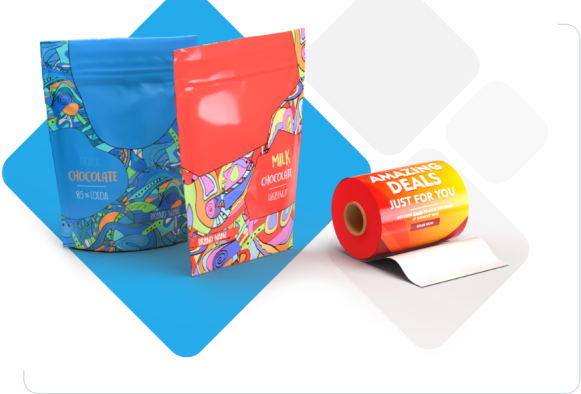The last purchase you made most likely arrived in flexible packaging. Flexible packaging surrounds all our items, starting from chip bags to coffee pouches. Packaging no longer relies on basic bag-throwing methods. Flexible packaging has become much more exciting because numerous innovative solutions have emerged in this field. This blog examines recent changes with explanations about why they truly matter.
The Flexible Packaging Scene: It's Changing Fast!
The packaging industry shows rapid development at the moment. The latest trends in packaging protection and wrapping have become such major industry buzz that you will find them everywhere in your news feeds.
What's Everyone Talking About?
- Going Green is the New Black: Every company today puts sustainability in packaging at the forefront of their operations. The necessity to follow this trend surpasses being a passing fad.
- Making it Smart: Smart packaging systems now exist that detect the freshness of food contents inside the package. The market introduces these kinds of advanced smart technologies.
- Printing Gets Personal: The Era of Plain Packaging Is Long Gone: Did you ever use ordinary packaging? Through digital printing, brands acquire innovative options to develop personalized package designs.
Why All the Fuss About Going Green?
The problem with plastic accumulation in large quantities is clear to everyone. The main objective now involves discovering environmentally-friendly solutions for flexible packaging.
Cool New Materials: Mother Earth Will Thank You
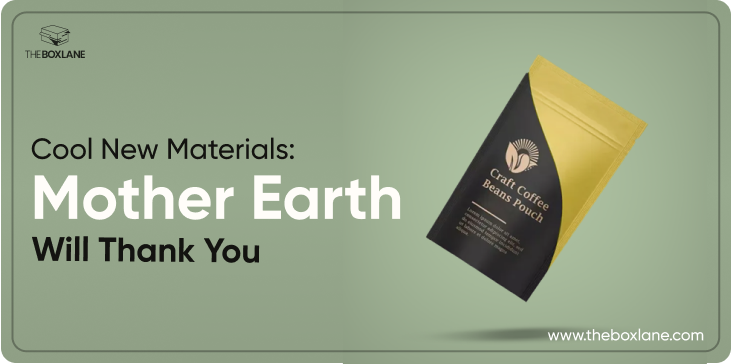
The upcoming section delivers the most thrilling content. Modern science together with companies, develops innovative plastic replacements for the current market.
Say Hello to the Green Team
- Plant-Powered Packaging (Bioplastics): Bioplastics represent packaging materials derived from corn and sugarcane. Pretty neat, huh? This alternative enables a decreased dependence on oil-based plastic production.
- The Magic of Compostable Stuff: Your snack bag packaging becomes compostable when you place it inside your compost bin. The natural breakdown of compostable polymers represents their main advantage.
Making Packaging That Protects and Saves the Planet:
It's a tricky balance, right? Food preservation requires packaging, yet you wish to maintain environmental sustainability when choosing packaging materials. Ruthless creativity in developing new technological solutions, which include:
|
Material Type |
What's Cool About It? |
Good for the Planet Because... |
|
Super Thin Films |
They use less material but still do the job of keeping your product safe and fresh. |
Less resource use overall, and lighter to ship, which saves on fuel. |
|
Packaging That's Just One Material |
Makes recycling way easier because you don't have to separate different types of plastic. |
Better chance of actually getting recycled! |
|
Coatings from Plants |
Instead of plastic-based barriers, some new coatings are made from renewable stuff. |
Reduces our dependence on traditional plastics. |
Why Flexible Packaging is Actually Good for the Environment (Believe it or Not!)
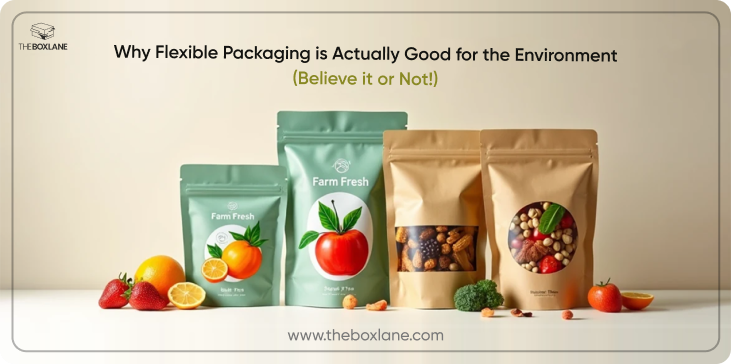
You might wonder why plastic does not represent a problem when viewed from a sustainability standpoint. Despite facing its share of environmental challenges, flexible packaging brings certain advantages to the environment.
Less Weight, Less Waste
Flexible packaging requires less shipping energy because it weighs less than metal and glass. The same amount of product requires a reduced amount of flexible packaging materials.
Digital Printing: Making Packaging Personal and Efficient
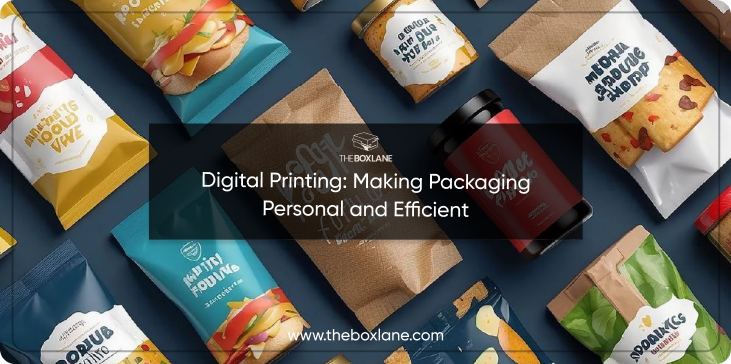
Large, cumbersome printing machines used to dominate the manufacturing process. Well, things have changed now!
Printing That's Smart and Speedy
- Small Orders Welcome: The system allows small enterprises to obtain expertly printed packaging irrespective of their order volume.
- Every Pack Can Be Unique: Each package can be distinct thanks to QR codes that link consumers to exclusive content. The capacity of variable data printing drives its effectiveness.
- Faster Turnaround: The printing process now completes in faster time spans resulting in immediate packaging delivery. Digital printing speeds things up.
Flexible vs. Rigid: What's the Real Difference?

Between glass containers and flexible pouches, there exists an essential difference. Although they store items, these containers stand apart in every other aspect. Here's the lowdown:
Why Go Flexible?
- Saves You Money: Lower materials, together with cheaper shipping costs, lead to substantial savings.
- Looks Good, Feels Good: Customers benefit from both attractive design options and simple zippers that enhance their product experience.
- Less Stuff in Landfills: The total amount of waste ends up lower when manufacturers select flexible packaging methods.
Smart Packaging: When Your Package Has a Brain
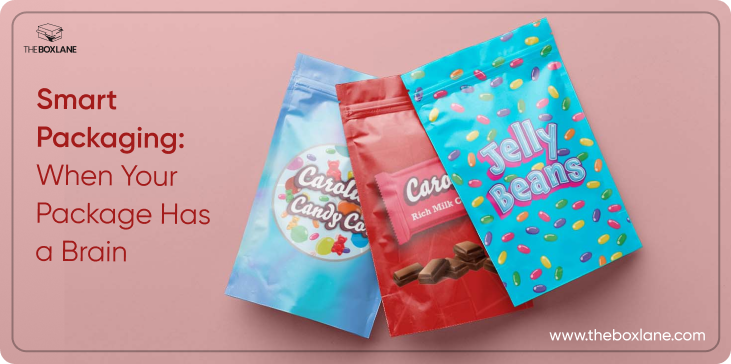
The section becomes quite futuristic but remains exciting.
Packaging That Knows Its Stuff
- Is it Still Fresh? Sensors integrated into packages check temperature conditions to determine if stored food remains edible.
- Get the Inside Scoop: Consumer access to brand information and product origin and usage instructions can be obtained through both QR codes and NFC tags.
The Recycling Puzzle: We're Working on It!
The current situation makes recycling flexible packaging quite challenging at this time. People across the world continue their efforts to resolve this problem.
Cracking the Code to Recycling
- Manufacturers are developing single-material packaging solutions since this supports efficient recycling processes.
- Scientists are working on innovative solutions to sort and process flexible plastics of various types.
- Encouraging everyone to recycle properly!
How Different Industries Are Using This Cool Tech
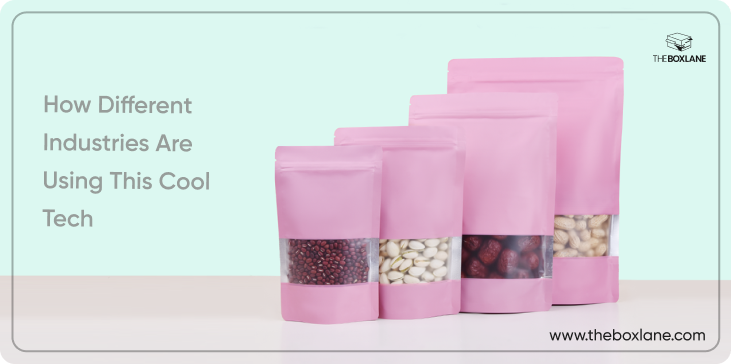
The market is filled with flexible packaging innovations that you encounter frequently.
Food, Glorious Food
Packaged vacuum-sealed meat products and ready-to-eat meals come in pouches. The modern food preservation method known as flexible packaging improves both food freshness and user convenience.
Online Shopping's Best Friend
The lightweight nature, along with protective capabilities and compact form of flexible packaging makes it optimal for online buyers who need space-saving packaging methods.
The Future is Biodegradable: Packaging That Vanishes (Kind Of!)
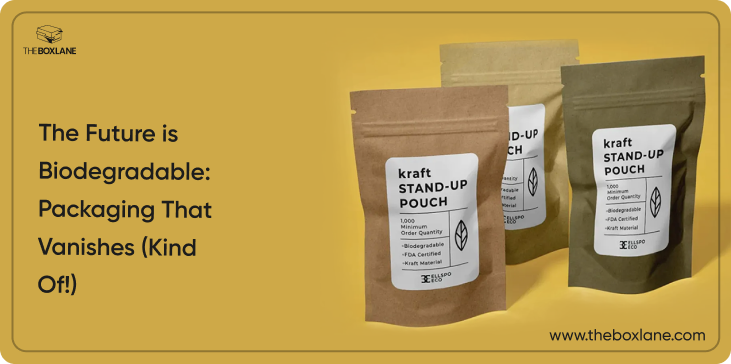
The concept of packaging exists to disappear naturally from our world. The concept of biodegradable materials forms the basis of this idea.
Packaging That Says "Goodbye" Naturally
PLA and PHA materials originate from plants, which decompose into natural matter. This represents a trend toward circular thinking for packaging management.
Keeping Things Fresh: How Flexible Packaging Extends Shelf Life
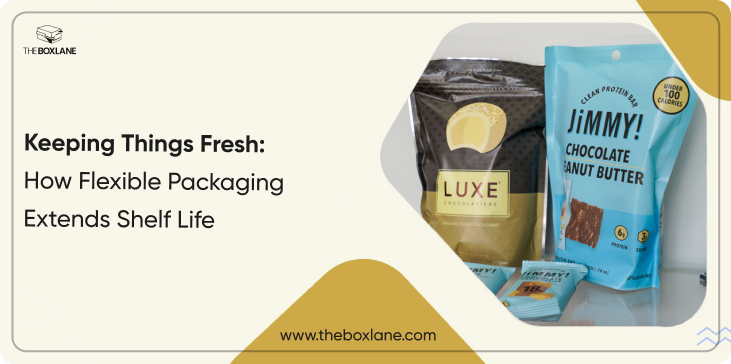
All people avoid both stale potato chips and spoiled dairy products. Flexible packaging methods serve as a critical element to preserve food items longer before expiration.
The Secret Sauce: Barrier Films
The materials possess unique properties to block both moisture and air, which cause food spoilage.
Rules and What People Want: Shaping How We Package
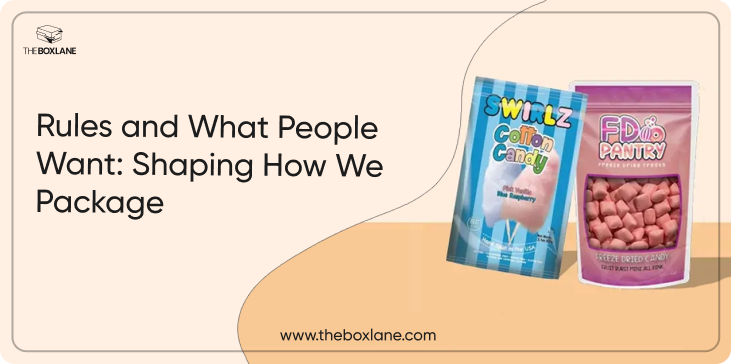
The production process of flexible packaging depends on what companies require and what both government regulations and consumer needs demand.
What the Law Says
Global governments support sustainable packaging initiatives thus requiring companies to develop environmentally-friendly alternatives.
What We Want
People today recognize their environmental impact and thus seek out brands that embrace universal values. Environmental packaging solutions attract us as consumers to make our choice.
Saving Money and Showing Off Your Brand
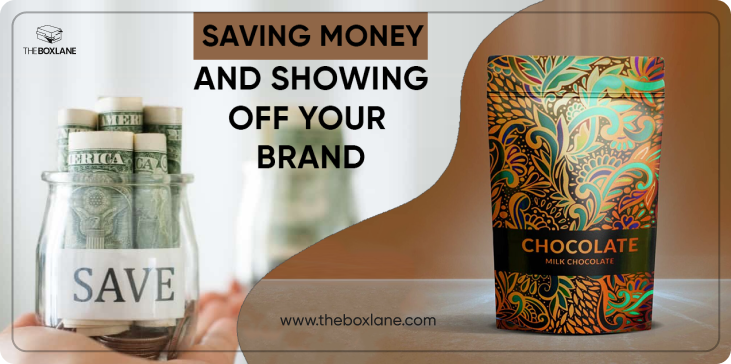
Flexible packaging delivers profit potentials to businesses while creating a positive image for their company brand.
The Money-Saving Magic
The production costs and shipping expenses for flexible packaging generally prove less expensive than those for rigid packaging systems.
Making Your Brand Shine
Flexible packaging provides brands with excellent opportunities to utilize cool printing options and design possibilities, which boost their ability to stand out on store shelves.
Super Strong Packaging: Keeping the Bad Stuff Out
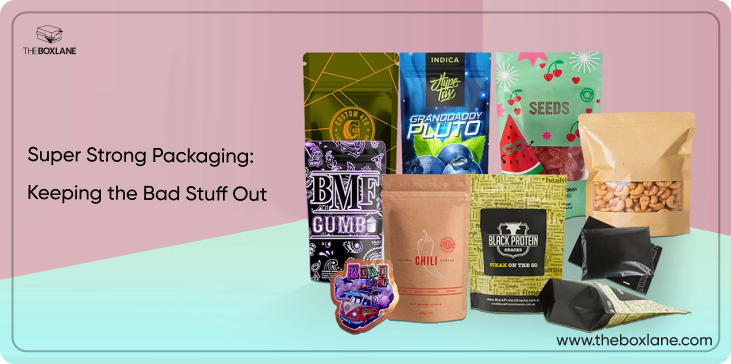
Protection of food and medical products requires packaging to maintain absolute product safeguarding.
The Science of Keeping Things Safe
Scientists devote their time to developing advanced barrier films that block oxygen and moisture as well as light to protect products inside from damage.
Dealing with Waste and Making Things Better
The packing sector fully comprehends its responsibility to resolve waste-related challenges.
What's Being Done About Waste?
Research investments from companies aim to develop recyclable packaging while they collaborate with recycling facilities to enhance their operations.
New Ways of Making Packaging:
Various new technologies enable the production of films while robotic systems help packing operations to achieve better efficiency along with reduced waste output.
Wrapping It Up: The Future of Flexible Packaging is Bright (and Green!)
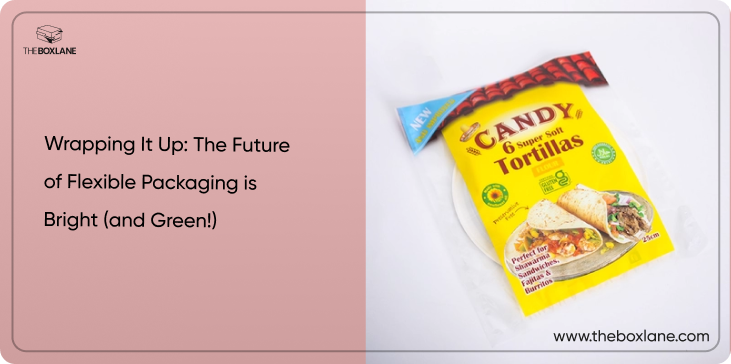
Flexible packaging has numerous developments taking place at the present time. The market now demands more sophisticated methods compared to traditional bags and pouches. Smart solutions combined with sustainability and efficiency enable companies to develop beneficial approaches for their business operations and environmental protection. The current wave of innovative developments indicates that flexible packaging will become brighter and greener than it has ever been.


